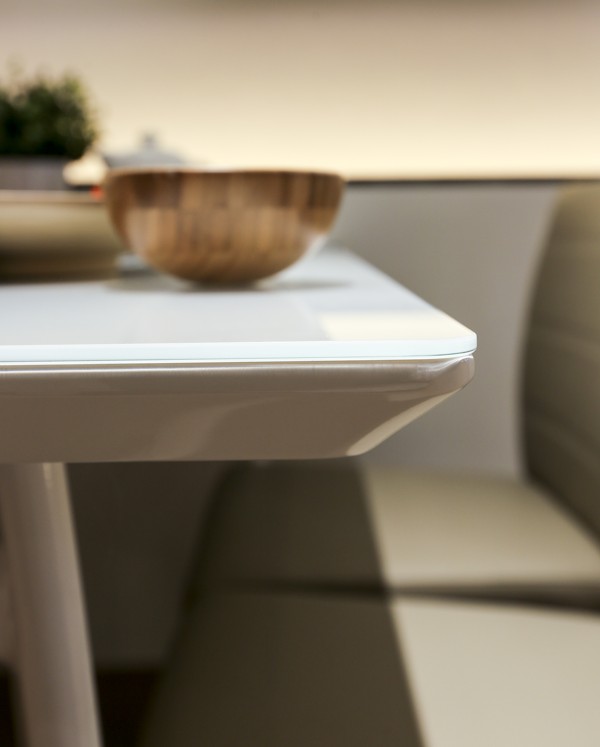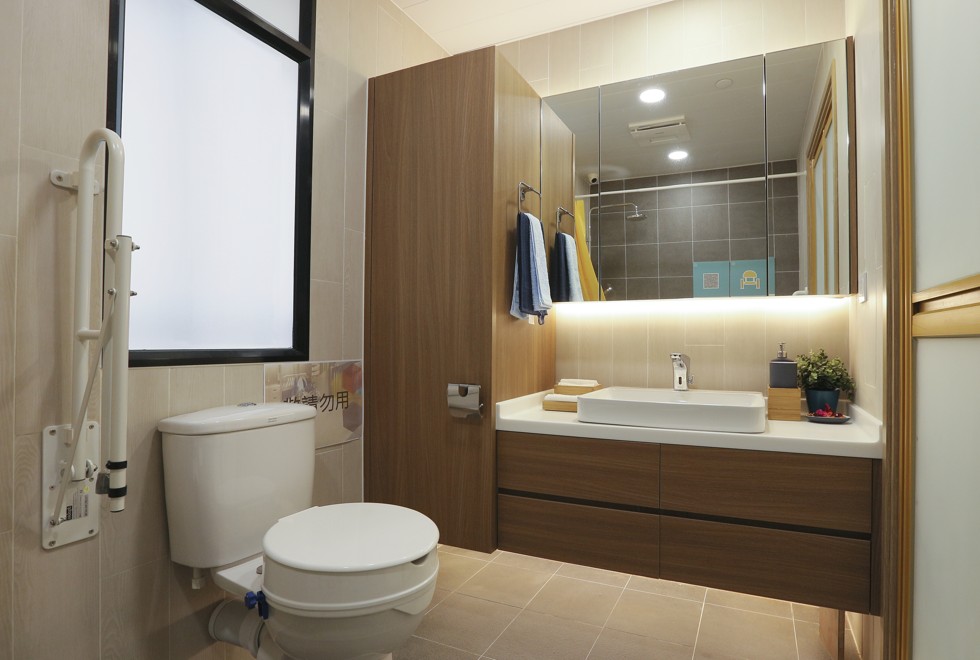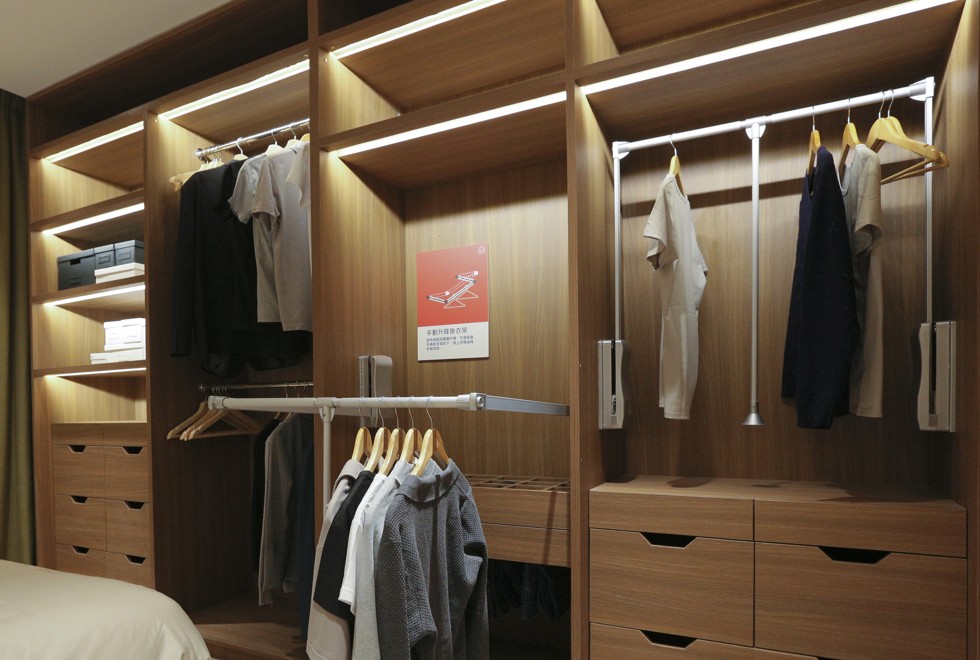
How to adapt Hong Kong homes for ageing in place - a designer explains
Vincent Mo, whose company specialises in renovations for ageing clients who still want to live at home, says the job is as much about communication as making physical changes to living spaces

You speak of “ageing in place”. What does that mean? “It’s the ability for anyone, of any age or physical condition, to enjoy living at home, and to be able to use their home efficiently and safely.”

How did the company come about? “The father of a Longevity Design House co-founder, Lawrence Lui Wai-ching, was diagnosed with late-stage cancer in 2013 and didn’t want to remain in hospital. But the family home was in an old building, so we needed to renovate to accommodate his needs. The renovation was technically complex. We emphasise that you should not wait until someone falls sick, or needs a wheelchair, before you create an elderly friendly environment.”
What are some of the issues you must be aware of? “The most dangerous place at home is the bathroom. Porcelain tiles on floors can be very slippery, as are bath tubs. So we remove the tub and replace it with a barrier-free design that is different from your usual shower stall. This open design allows accessibility for people in wheelchairs.
“You also need a level floor, to allow movement from the living room to the bathroom. Elderly people may not feel comfortable with this solution, because they worry about flooding. But we solve this by slightly sloping the floor, rather than just using a traditional shower drain.”
What limitations have you encountered? “We can only work on the interior space and cannot change the structure of buildings. So we can use only limited design solutions [...] such as adding handrails and making the home wheelchair accessible. What’s more important is facilitating communication between different generations and creating spaces for all to feel comfortable in.”
What’s next? “It’s not simply about making a safe home, then locking the elderly inside. So we are looking at how technology can help them, as well as their carers and family, to feel at ease even when they are away from their homes. One option is watches with GPS trackers designed for elderly people with dementia.”

